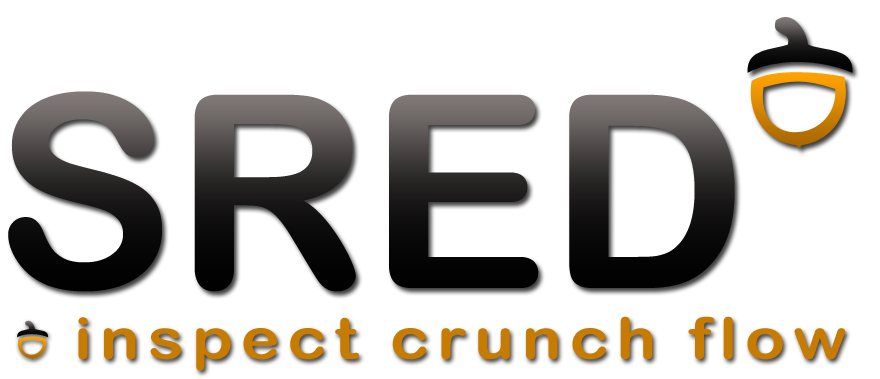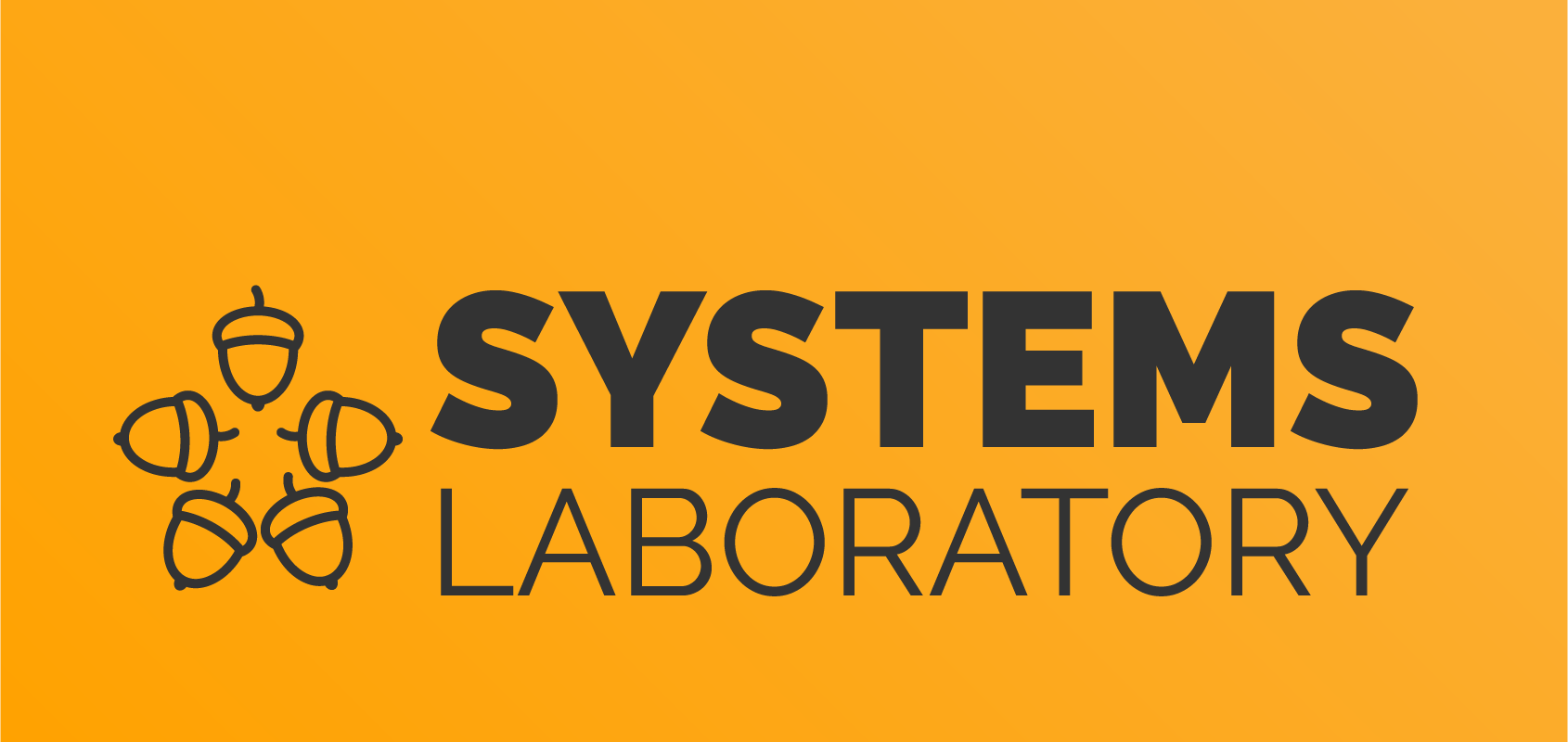This is an old revision of the document!
Setup lab Cisco
See here the required files for creating on your machines the topologies found in labs (you need to be enrolled on course for accessing them).
Folder Tools contains:
- GNS3 installer (version 2.2.0). After installation, access the application and choose for setup wizard: 'Run appliances on my local computer' and leave for default configuration for server path, IP (localhost) and TCP port (3080). For configuring your profile, add new machines etc., access Preferences from Edit or simpler by pressing Ctrl + Shift + P.
- Solar-putty for accessing console application to machines using telnet. Configure it by going to Preferences in GNS3 > General > Console Applications > Console application command for telnet, where you need to add:
"$path_to_solar_putty_exe" --telnet --hostname %h --port %p --name %d
(tutorial on this link)
Note that for Linux device, gnome-terminal is added by default and can be used without solar putty.
Linux machines (UbuntuVM, KaliVM and InternetVM)
- Ubuntu: you can download the Ubuntu 18.04 LTE image directly from their website, use it to create a VM in VirtualBox and import it in GNS3.
- Kali: same as for Ubuntu (download from here iso)
- InternetVM: download the machine used in lab from here (it has 2 network adapters attached to Generic Driver - one used for connection with router/FTD/WSA and the other with NAT cloud for Internet access)
Make sure your VMs are opened in Virtual Box. Go to Preferences, VirtualBox VMs > New and select from the list the VM > Finish and verify the configuration using Edit. Ubuntu and Kali need to have 1 network adapter (on tab Network) and InternetVM 2.
Cisco routers
On the course link, there exist 2 images for Cisco 3640 (used in lab1) and Cisco 7200 (can be used for both 1 and 2) that need to be imported in GNS3 in a form of appliance. Go to File > New template (a plus sign on left) > Install an appliance from the GNS3 server > on filter add 3640/7200 and select > Click Install > Install the appliance on your local computer > Check allow custom files (click Yes to dialog box) and click Import > Add here the .bin file downloaded > Accept the warning about integrity check > Select the appliance (it needs to have the status: Ready to install > Next and Finish.
After this, from the left side, select Browse all devices, then right click on the newly added appliance and click on configure template. Add a new network slot (Slots - third tab) - PA-4E for 7200 and NM-4E for 3540. After this, you drag and drop the virtual router in your project.





